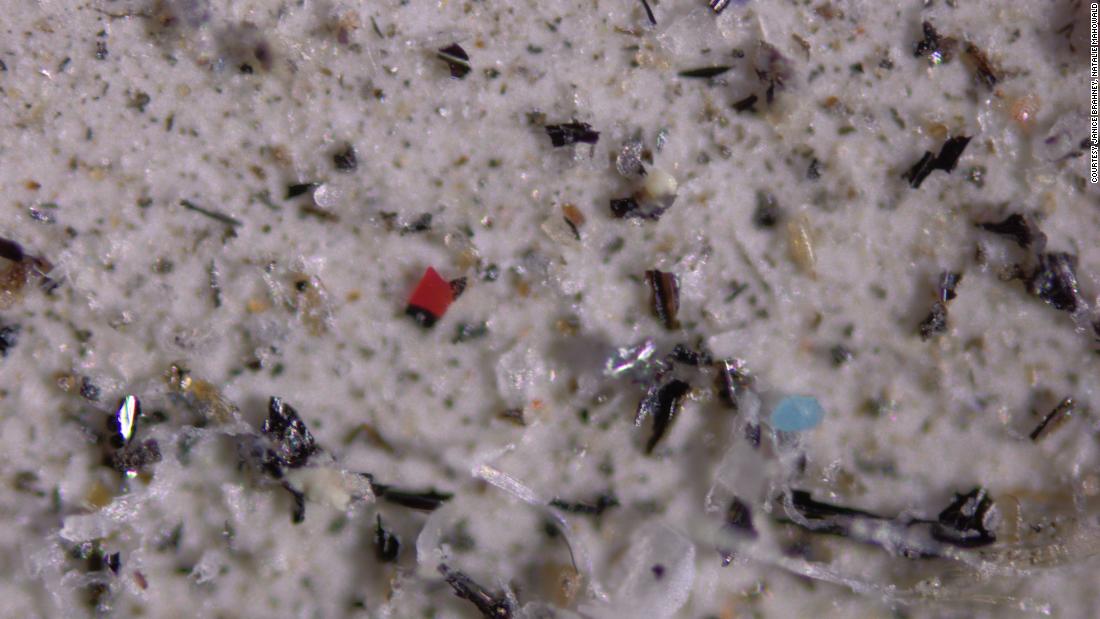
Most of our plastic waste is buried in landfills, incinerated or recycled – but up to 18% ends up in the environment. As the plastic is not easily decomposed, it fragments into smaller and smaller pieces until the microplastics are small enough to be swept into the air.
This means that much of the plastic that is dumped into the sea and on land is destroyed and spit back, posing potential risks to our ecosystems. And, although some progress has been made in creating biodegradable polymers, researchers have warned that microplastics “will continue to circulate through terrestrial systems.”
The research team collected atmospheric microplastic data from the western United States from 2017 to 2019 and found that approximately 22,000 tons of microplastics are stored in the United States each year.
In the US, the main way to blow plastics into the air is through road traffic. Car tires, brakes and even road surfaces contain plastic, which can be used in microplastics that enter the atmosphere. The turbulence of cars on the road – the movement of tires, the braking process, the exhaust they emit – all help to turn the plastic on the ground and send it to the sky, according to the study.
This also happens in the ocean, where large groups of waste form entire plastic islands. They are decomposed into plastic particles that sit on the top layer of water, where they are blown up by waves and wind.
There are several ways in which microplastics enter the atmosphere, in large cities through the wind and on farms through soil dust during agricultural processes.
Once in the atmosphere, plastics can stay in the air for up to six and a half days, according to the study. During this time, “under the right conditions, plastics can be transported across the major oceans and between continents, either in a single voyage or by resuspension across the oceans,” the study said.
The United States, Europe, the Middle East, India and East Asia are hot spots for landfill plastic, the study said. Meanwhile, ocean sources of aerial plastic are more prominent along the coasts, including the west coast of the US, the Mediterranean Sea and southern Australia. Sources of dust and agriculture for microplastics are more prevalent in North Africa and Eurasia, while microplastics from road traffic make a major contribution to “heavily populated regions” around the world.
“Inhalation of particles can be irritating to lung tissue and can lead to serious illness, but whether plastics are more or less toxic than other aerosols is not yet well understood,” the study said. He added that further research is needed to understand the impact of various factors, including population density and ocean circulation.
The researchers also called for better management of plastic waste.
“Our relative ignorance of the consequences, despite the rapid increase in plastic concentrations in our environment, highlights the importance of improving the management of plastic waste or, indeed, the capture of ocean plastics and remove them from the system,” the study said.